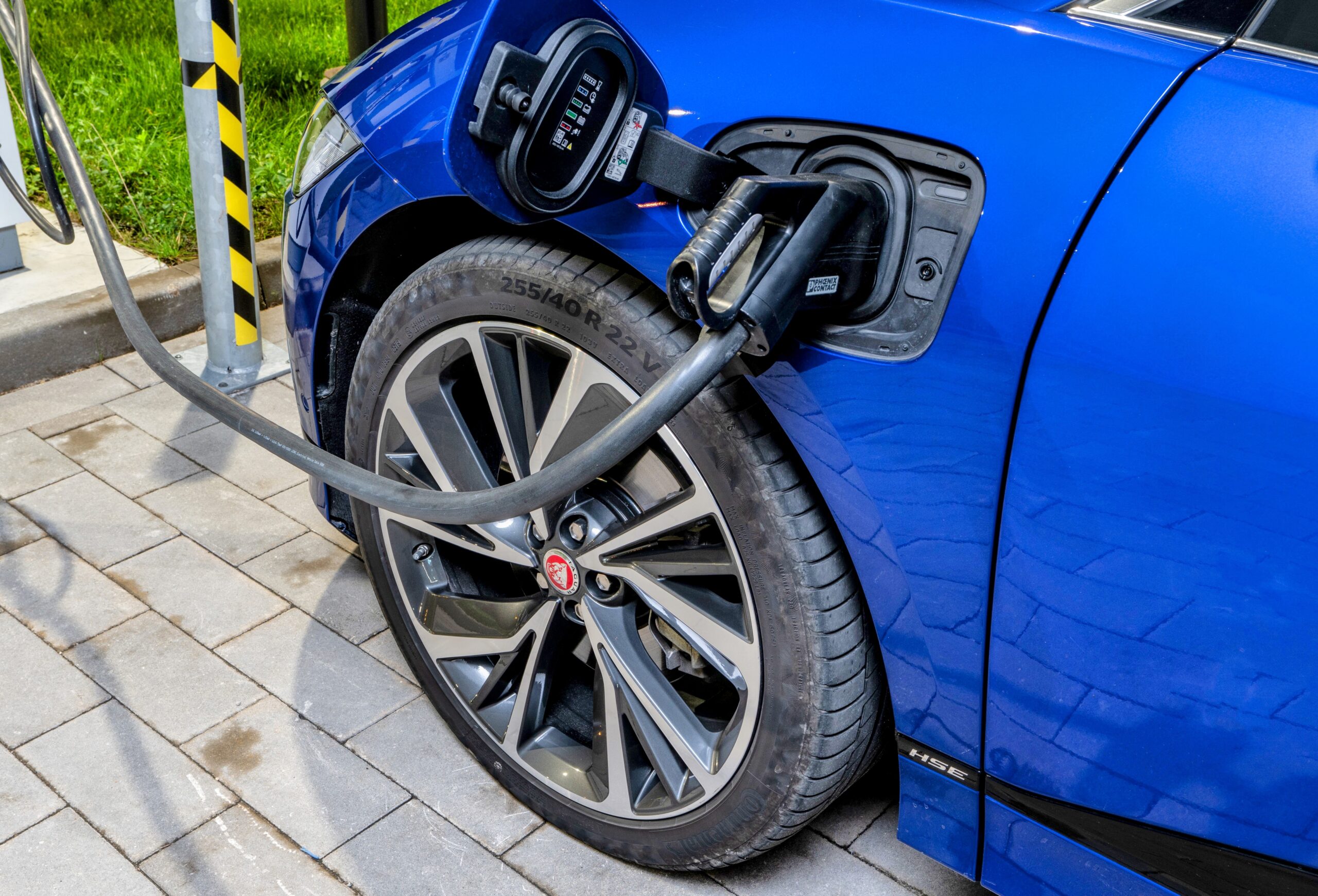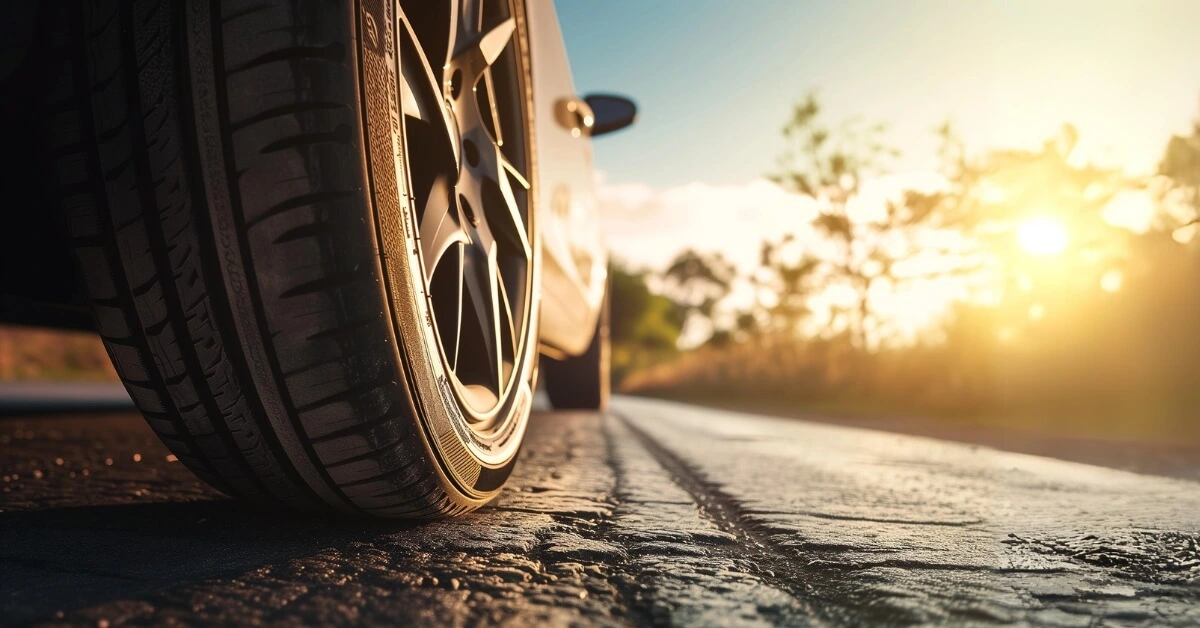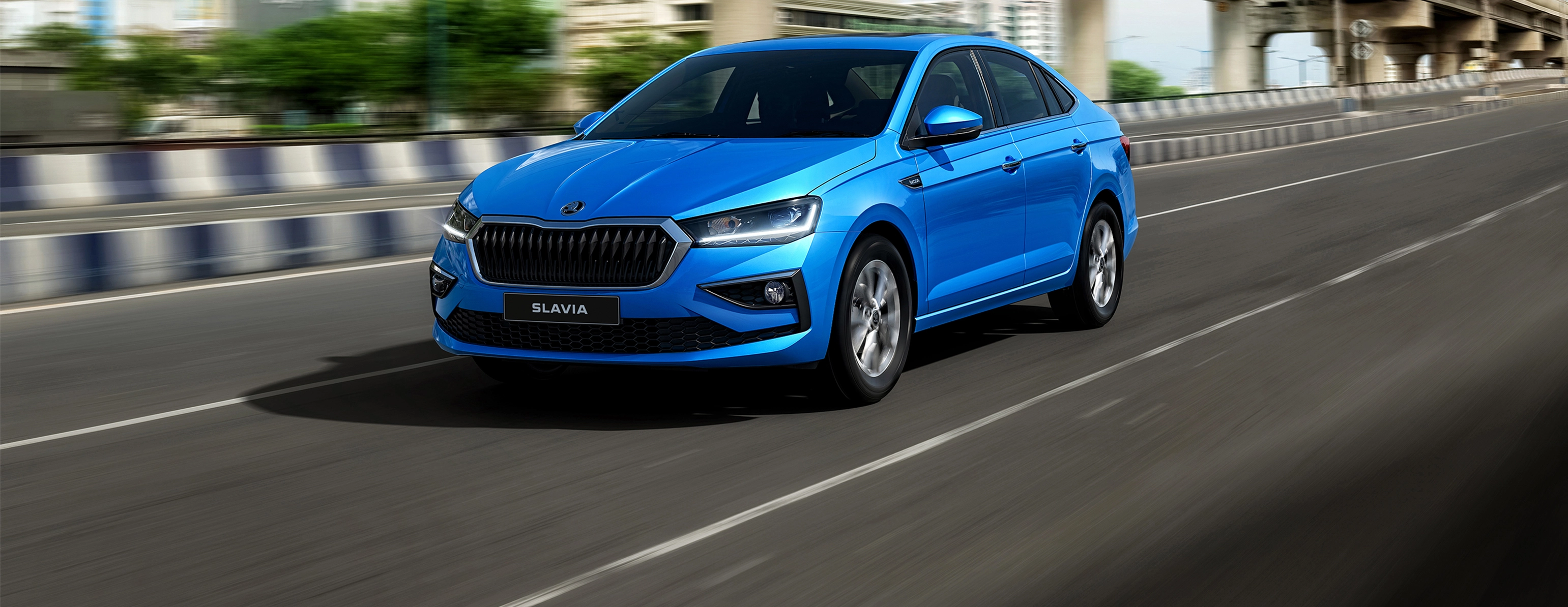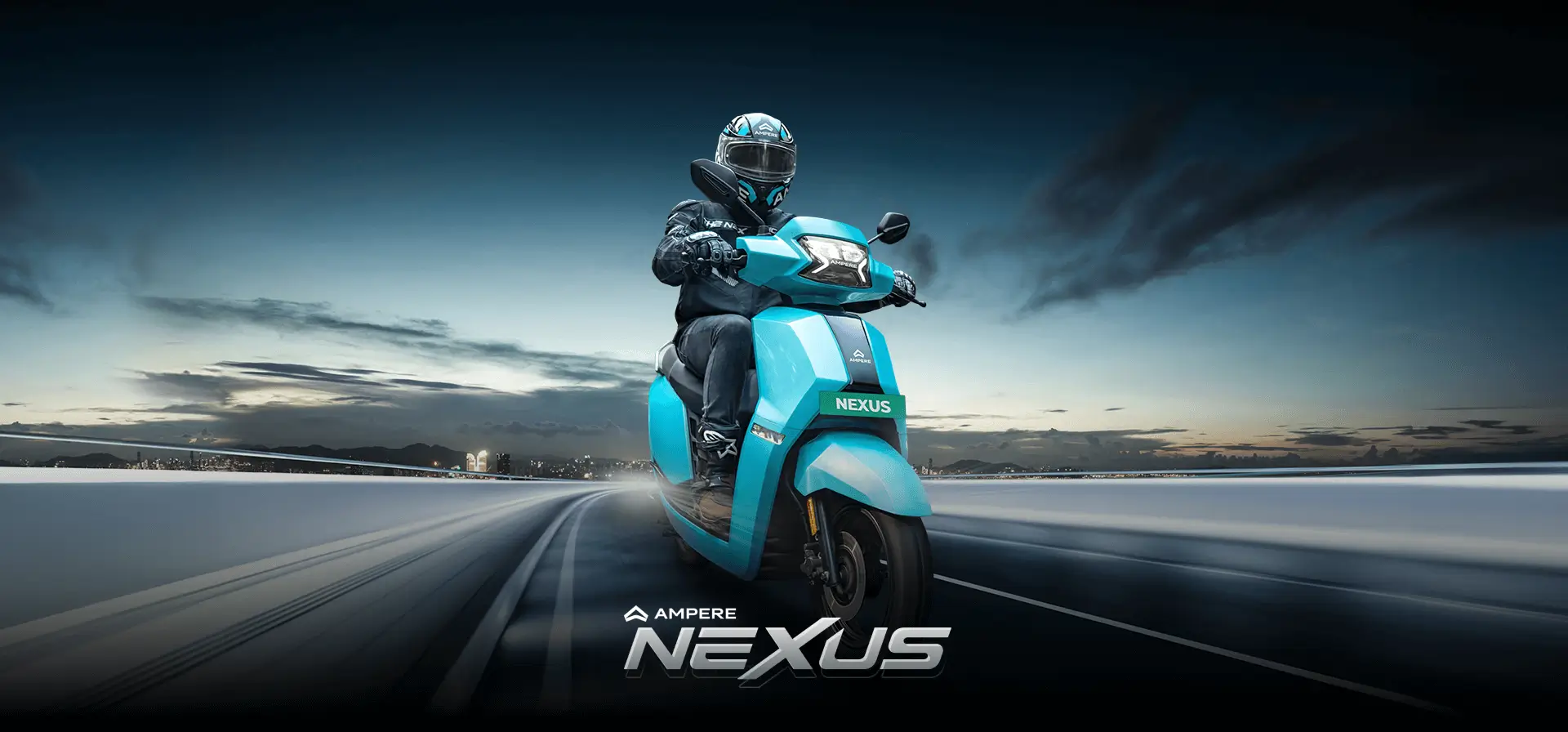Electric vehicles (EVs) and low-emission hybrid cars are reshaping the future of mobility, calling for a deeper understanding of the advanced, sustainable tyres that propel them towards an emission-free era. While the basic concept of tyres remains unchanged, the evolving landscape of electric mobility demands a reevaluation of tyre attributes to ensure optimal performance. Let’s delve into the evolving tyre requirements, the latest innovations, and cutting-edge tyre technologies tailored for the electric age.

The Weight Challenge: Impact on Braking and Wear
The transition to electric drive technology brings a range of benefits such as reduced noise, emissions, and running costs. However, one of the trade-offs is the substantial increase in vehicle weight due to the presence of heavy batteries. This added weight places greater stress on electric vehicle tyres, resulting in longer braking distances and heightened tyre wear.

Managing Electric Car Tyre Torque and Grip
Electric vehicles offer instant torque, translating to rapid acceleration. While this is advantageous, the instantaneous torque also subjects tyres to additional strain. To address these challenges, tyre innovations focus on four key areas:
- Load Capacity Enhancement: Electric car tyres require higher load capacities, leading to the introduction of Heavy Load (HL) designation tyres with increased load indexes compared to standard Extra Load (XL) tyres.
- Optimizing Grip: Greater vehicle mass and inertia demand superior grip for efficient braking, prompting tyre manufacturers to prioritize optimal grip solutions.
- Noise Reduction: Electric vehicles' quieter operation highlights tyre-road noise, prompting the development of sound-absorbing technologies to enhance driving comfort.
- Rolling Resistance Reduction: Minimal rolling resistance is crucial for electric cars to enhance energy efficiency and range. Low rolling resistance tyres can significantly extend an EV's range, making them a preferred choice.

Factors to Consider When Choosing Electric Vehicle Tyres
- Load Index: Ensure the selected tyres can handle the weight of your electric vehicle, potentially necessitating Heavy Load (HL) tyres for some models.
- Noise Reduction: Choose tyres equipped with sound-absorbing technology for a quieter driving experience.
- Rolling Resistance: Opt for low rolling resistance tyres to enhance energy efficiency and maximize range.
- Tyre Longevity: While EVs may impact tyre wear, proper maintenance, including regular air pressure checks and wheel alignments, can optimize tyre longevity.
The Future of Tyres in Electric Mobility
While specific tyre ranges for electric vehicles are not necessary, current tyre innovations already address the unique demands of electric mobility across various vehicle types. Maintaining tyre care and opting for original equipment tyres designed for EVs can further enhance performance and longevity. As the electric vehicle market continues to grow, tyre manufacturers are committed to delivering cutting-edge solutions that complement the evolving needs of electric mobility.
Also read: Why is the underbody coating of your car necessary?










